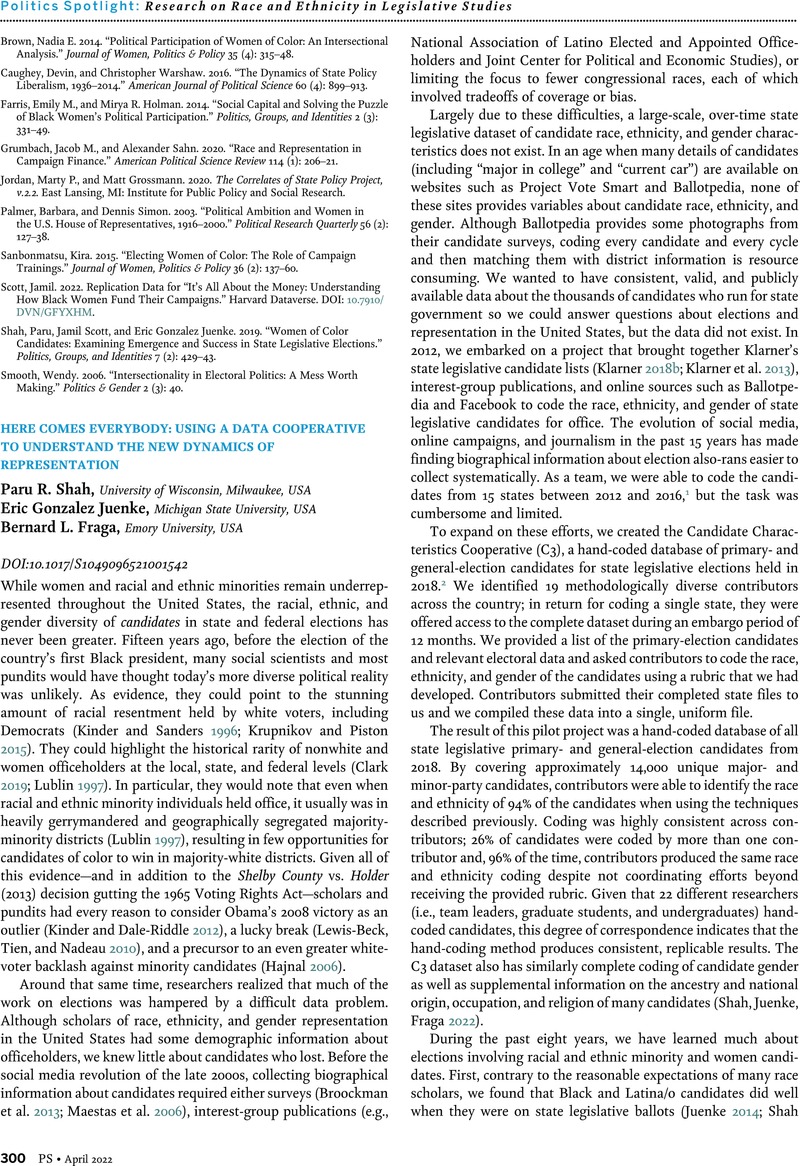Crossref Citations
This article has been cited by the following publications. This list is generated based on data provided by Crossref.
Bühler, Michael Max
Calzada, Igor
Cane, Isabel
Jelinek, Thorsten
Kapoor, Astha
Mannan, Morshed
Mehta, Sameer
Mookerje, Vijay
Nübel, Konrad
Pentland, Alex
Scholz, Trebor
Siddarth, Divya
Tait, Julian
Vaitla, Bapu
and
Zhu, Jianguo
2023.
Unlocking the Power of Digital Commons: Data Cooperatives as a Pathway for Data Sovereign, Innovative and Equitable Digital Communities.
Digital,
Vol. 3,
Issue. 3,
p.
146.
Guhin, Jeffrey
Holman, Mirya
Coan, Travis
and
Boussalis, Constantine
2023.
When to Preach About Poverty: How Location, Race, and Ideology Shape White Evangelical Sermons.
Journal for the Scientific Study of Religion,
Vol. 62,
Issue. 2,
p.
312.





